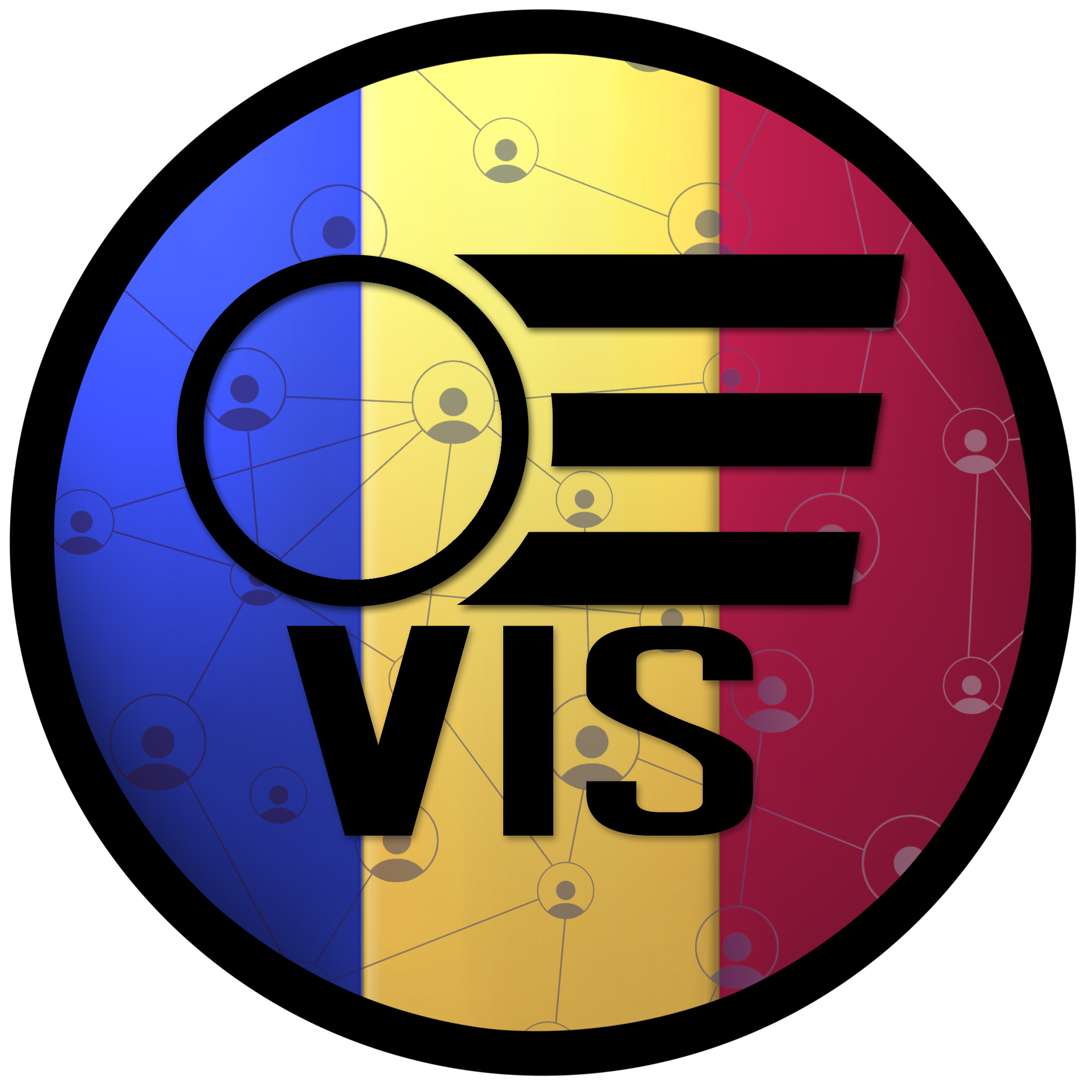About Network Engagement Team (NET)
The Network Engagement Team (NET) is a specialized unit led by TRADOC and supported by the Joint Staff, J-7 Joint National Training Capability (JNTC). Dedicated to enhancing understanding and the engagement of human networks, NET provides a number of training solutions tailored to meet your specific mission. NET training can be scheduled through through contacting us on this page or on the MI Foundry under GEN305.
SERVICES OFFERED
Advanced Network Analysis
and targeting (ANAT)
NET specializes in providing actionable instruction in how to apply Social Network Analysis (SNA) and Network Science (NetSci) to the Operational Environment. The ANAT course provides tailored training to support the understanding and engagement of threat, friendly, and neutral networks. ANAT can be delivered through a range of training options such as 40-hour MTTs, advanced data training, network-centric exercise support, Train-The-Trainer, and Senior Leader Overviews. NET trains joint, interagency, and international (JIIM) partners, and will tailor course content to your mission requirements upon request. ANAT instructors also provide and train the new GOTS network science tool, OEVis.

Cognitive Maneuver and
Narrative Operations
Cognitive Maneuver (CM) trains JIIM partners in how to combine information and physical power to create desired effects and influence relevant actor behavior. The Narrative Operations course trains how to develop and deploy compelling narratives with aligned words, deeds and images to influence relative actor and target audience perceptions. These courses are constantly updated to integrate new joint doctrine and national defense strategies. These courses are taught by one of the authors of the ATP 5-06 Network Engagement and a career IO/PSYOP professional are typically taught as a 40-hour Mobile Training Team (MTT) but can be modified to meet a unit's needs.

Operational Environment
Visualization
In today’s complex operational landscapes, understanding the hidden connections and relationships within networks is critical. OEVis, short for Operational Environment Visualization, is a state-of-the-art platform developed to empower military and intelligence professionals with the tools needed to visualize, analyze, and interpret the intricate web of relationships that define the modern battlefield.
Customization Options:
Tailored Training Packages
NET's training packages are highly adaptable, allowing customization based on the Students’ MOS and commander’s training objectives. Instructors can tailor material to focus on specific mission planning or execution tasks, including Integrated Campaigning, Information Operations Planning, Intelligence Preparation of the Battlefield (JIPOE / IPB), information warfare, and Theater Security Cooperation.
Get in Touch
Ready to enhance your team's capabilities? Want to learn about upcoming training sessions? Contact the Network Engagement Team today for tailored training solutions that meet your specific needs.

